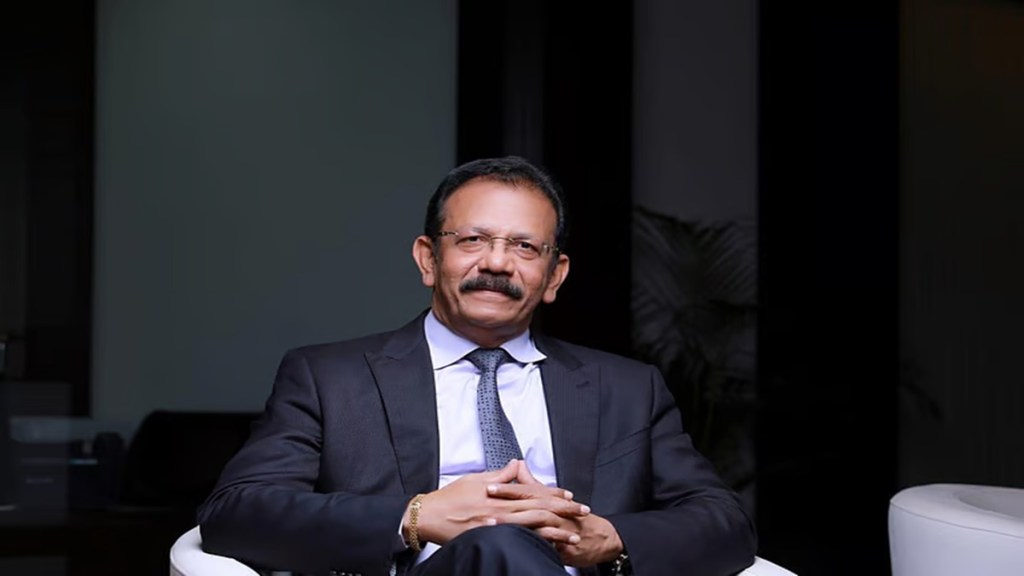VK Mathews, founder and executive chairman of IBS Software, a technology supplier to the global aviation industry, speaks with Nitin Kumar on India hosting the IATA annual general meeting (AGM) after four decades, and what it means for Indian aviation’s future. He discusses why airlines have failed in the past, and the critical role of technology and infrastructure in the sector’s growth. Excerpts:
What does the IATA AGM in India signify?
It’s a milestone moment. We’re hosting this after 42 years, the last was in 1983. Almost every major airline CEO is attending, making it a hub for strategic discussions and partnerships. It reflects how far India has come in aviation. This visibility and networking could accelerate India’s global role in the industry. I am certain the next AGM here won’t take another four decades, likely within ten years.
Why have so many Indian airlines failed over the years?
The issue isn’t management but flawed economics. Indian fares average $90 per passenger, much lower than the $163 global average, while costs, fuel, aircraft, maintenance, are global. In IT, you earn globally and spend in India. In aviation, it’s the opposite. In the first two phases post-liberalisation, most carriers failed. Only IndiGo succeeded in phase two. Now, with rising demand and better planning, we have entered phase three, and prospects are brighter.
What should India do to make its airlines more profitable?
We must increase international operations. Domestic fares are capped by local economics, but international travel allows better yields. Currently, India has 170 million domestic versus 70 million international passengers, globally, that’s reversed. More direct international flights will help correct this imbalance and boost revenues.
Can Indian airlines sustain their aggressive aircraft orders?
Yes. Air traffic growth directly supports GDP growth. Every 10% increase in air traffic adds about 0.5% to GDP. If India aims for a $26 trillion economy by 2047, aviation must grow in tandem. But we need supporting infrastructure, airports, ATC, logistics. Government plans for 500 new airports are promising.
What’s your outlook for Indian aviation?
Two Indian airlines could be in the world’s top 10. Air travel is still under-penetrated at 250 million trips by fewer than 50 million people in a country of 1.5 billion. Infrastructure and connectivity must scale fast to meet demand.
How will technology shape this growth?
Technology is central. First, airlines need operational efficiency like crew scheduling, maintenance, and flight operations. Next is becoming end-to-end travel platforms, or modern retailers. Finally, AI will power personalised engagement. Indian carriers are behind global peers in tech adoption and must catch up fast.
How has IBS fared globally?
It took time, 25 years of building trust and replacing legacy systems with modern solutions. We now hold over 50% market share in air cargo, operations, and loyalty. Competing with global giants like Amadeus wasn’t easy, but our depth and focus helped us earn credibility.

